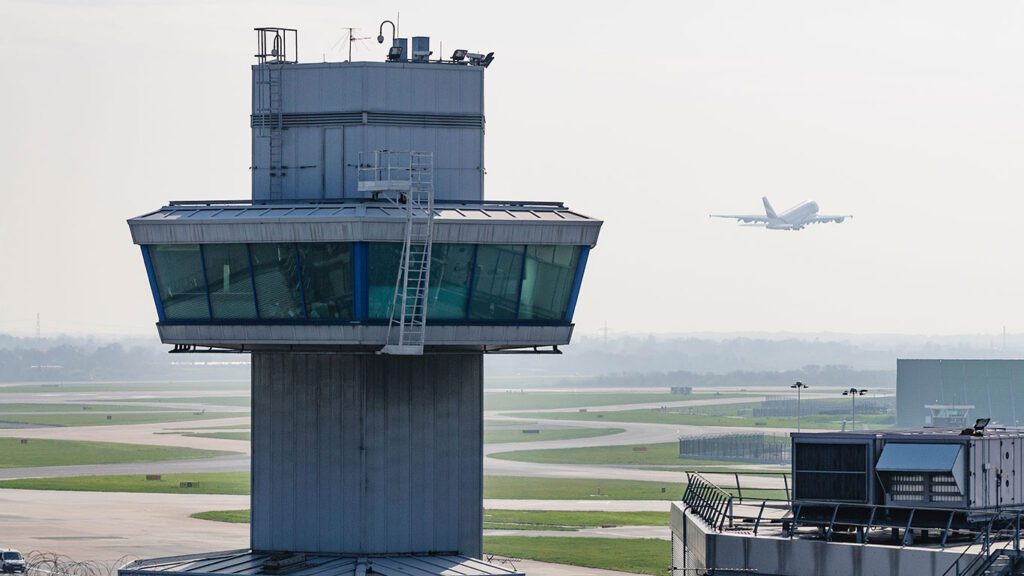The UK is embarking on its most significant airspace transformation since the 1950s, with a major redesign aimed at cutting flight delays, reducing aviation pollution and unlocking capacity for future air travel innovation.
Announced by the Department for Transport (DfT), the overhaul will be led by the newly established UK Airspace Design Service (UKADS), operated by NATS (formerly National Air Traffic Services). The ambitious project will begin with a focus on London’s congested airspace and aims to deliver streamlined flight paths, fewer delays, and lower noise and carbon emissions—while setting the stage for future technologies such as drones and air taxis.
UK aviation minister Mike Kane said the revamped airspace would “turbocharge growth” across the industry. “Redesigned ‘skyways’ will not only reduce pollution and noise for millions of people, they’ll also support airport expansion, job creation and long-term sustainability,” he added.
The UK handles 25% of Europe’s air traffic, despite having just 11% of its airspace, according to NATS CEO Martin Rolfe, who described the current network as “one of the busiest and most complex in the world.” With flight numbers expected to rise towards three million annually, Rolfe said modernisation was vital to maintain the UK’s safety and efficiency record.
Airspace modernisation is expected to deliver more direct flight paths, minimising fuel use and emissions. The improvements will also increase resilience in the system, reducing the knock-on effects of weather or technical delays, which cost airlines and passengers both time and money.
Airlines UK, the industry body representing UK-registered carriers, welcomed the announcement. CEO Tim Alderslade said: “Modernising UK airspace is long overdue. These reforms will have real-world benefits: fewer delays, better on-time performance, and meaningful carbon reductions. This is a once-in-a-generation infrastructure upgrade and a major priority for our members.”
The DfT will work closely with the Civil Aviation Authority (CAA) to expedite the design and delivery of the new routes. While London will be the initial focus, the changes are expected to roll out across the country over time, supporting regional airports and improving travel across the UK.
The reforms are also seen as a critical stepping stone in preparing the UK for the integration of next-generation aviation technologies, including autonomous aircraft and electric vertical take-off and landing (eVTOL) vehicles, which require precision-managed airspace to operate safely alongside conventional air traffic.
The programme is expected to deliver major environmental and economic benefits. Industry estimates suggest that more efficient routing could cut UK aviation carbon emissions by up to 10%, supporting the sector’s transition to net zero.
With passenger numbers recovering and demand growing steadily post-pandemic, the pressure on the UK’s skies is mounting. This modernisation effort is designed to future-proof the UK’s aviation infrastructure, ensuring it remains a global leader in safety, sustainability, and efficiency.
As airlines, airports, regulators and government agencies now collaborate to implement the blueprint, the success of the airspace redesign could mark a transformative shift in the UK’s approach to aviation—delivering quieter, cleaner, and more punctual flights for years to come.


